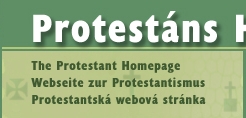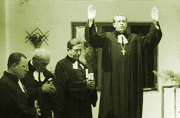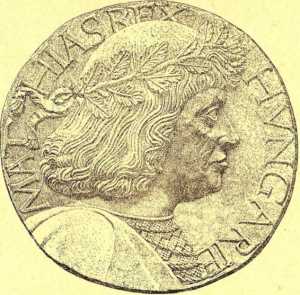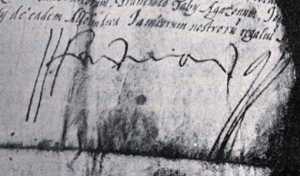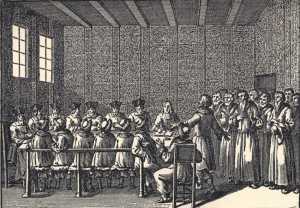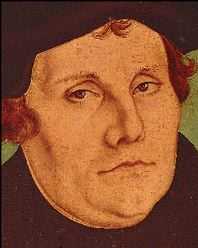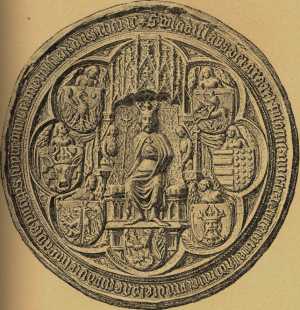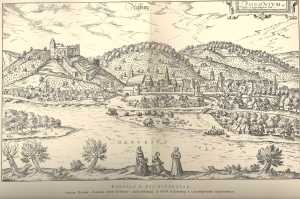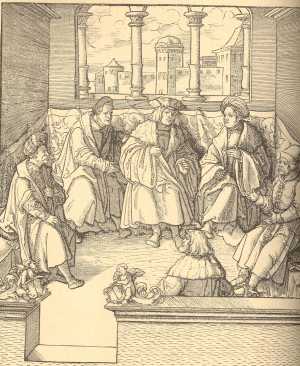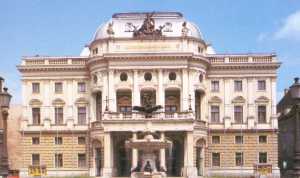|
Pozsony (Bratislava)
|
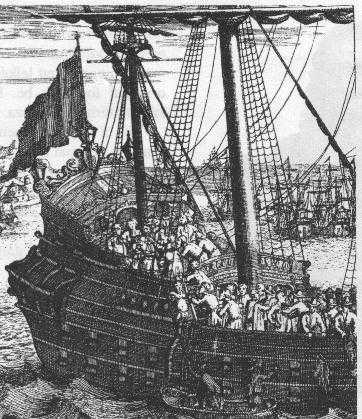
The first Lutheran church of Bratislava, which had to be delivered, because of the Jesuit pressure
|
Preßburg, Prespork, Bratislava
One time capital of Hungary, now capital of Slovakia.
Bratislava and its surroundings were populated by Celtic tribes in the 1. century B.C. The Celts were followed by Romans, Avars, Franks and Slavs. Her German and Slovak name ? Preßburg, resp. till 1920 Prespork ? from the name of the earthwork found there ? Preslavasburch ? may originate from this. The Hungarian name comes from the name of a late governor of the castle, this became the origin of the Latin name of the town, Posonium.
After the development of the Hungarian state, she became the western gate and a defence centre of strategic importance. In the beginning of the 13. century Bavarians settled in Bratislava, therefore the town kept her German character up to the beginning of 20. century.
In 1291 king Endre III. granted privilege to Bratislava. King Matthias I. is founding in 1465 one of the first universities of Central-Europe, the Bratislava Academy (Academia Istropolitana), which ceased to exist even in the lifetime of its founder. Because of the Turkish invasion, Bratislava became the official capital of Hungary between 1531-1784. Till 1848 she is the crowning town of the Hungarian kings, and also place of the activity of the Hungarian Parliament. The Lutheran reformation spread among her citizens very quickly. The power and effect of the more and more cruel counter-reformation was enhanced by the close situation of Vienna and Austria.
During the decade of mourning, the emperor and intolerant king Leopold I. , having been educated as Catholic priest, let all the pastors and teachers of the country put on trial to the vehmic court. The fate of the preachers, condemned to death or galley-slavery in the course of the conceptional treaties of those days, gave rise to a serious echo all over Europe.
The congregation of Bratislava could be reorganized only in 1682, but did not get back the confiscated churches. In 18. century, the Academy of Law is opened, in 1780 the first Hungarian newspaper is released here. In 1809 the army of Napoleon occupied the town. For the beginning of 19. century, she is one of the centres of the Slovak national awakening.
The peace edict of Trianon ordered the town of Hungarian, German and Slovak inhabitants to be a part of the state of Czechoslovakia, even if Austria set up a claim for Bratislava as well. From 1920, under the name of Bratislava, she became the Slovak capital of the Czechoslovak State, but this does not effect the primacy of Prague. The first sovereign, independent Slovak Republic was established, and from this time on, Bratislava occupies the role of the real capital. The peace tracts following World War II., restored the Czechoslovak State, meaning a significant diminishing of the role of Bratislava.
The Czechoslovak State, set up in Trianon, fall into peaces in December 1992, and Bratislava became the capital of the second independent Slovak Republic.
The central institutions of the Slovak Lutheran Church ? having also several Hungarian and German members as ? are to be found in Bratislava.
Between 1911-1914 the local railway line (HÉV of Bratislava, Preßburger Bahn) was built up, connecting Vienna and one of the most important towns of the Austrian-Hungarian Monarchy, Bratislava. This was in service in Vienna and Bratislava as a tram. Therefore it happened, that after the development of the Czechoslovak Republic, Vienna and Bratislava were the only two capitals of the world which were connected by a tram. Belonging to the Soviet zone, the destiny of this ?HÉV line? was sealed, but there is a plan to restart it again.
Famous native persons, having lived in Bratislava:
General Lajos Aulich, martyr of Arad (1792-1849), componist Béla Bartók (1881-1945), János Fadrusz sculptor (1858-1903), Hodza Michal Miroslav, Johann Nepomuk Hummel componist (1778-1837), Mór Jókai writer (1825-1904), Farkas Kempelen inventor (1704-1807), Sándor Kisfaludy (1772-1844), Ján Kollár, Král' Janko, Lajos Lóczy, geographer (1849-1920), Janko Matuska, Frantisek Palacky Bohemian historian, Flóris Rómer OSB, one of the founder of the Hungarian protection of monuments, Ludovít Stúr.
Pages about this topic:
Pozsonyi Új Szó
Szlovákiai Magyar Napilap
Pozsonyi Új Szó
Szlovákiai Magyar Napilap
Szlovákia vonat és autobuszmenetrendje
Szlovák országos telefonkönyv
szlovák és angol nyelven
Subpages
Pozsony városának története
Pozsony a XVI. században
Pozsony városa egykoron
Academia Intropolitana - A pozsonyi egyetem
Bél Mátyás
The History of the Lutheran Congregation of Augustan Confession, in Bratislava
Okolicsányi Pál
| 
